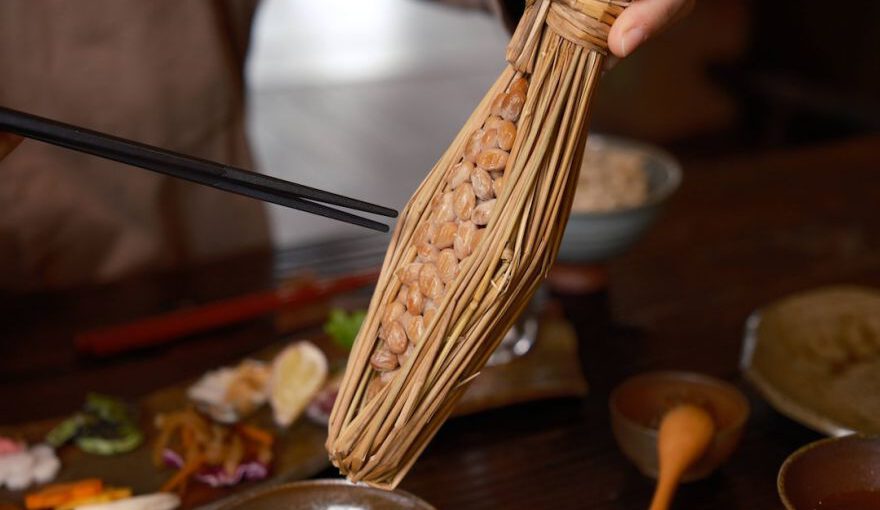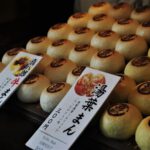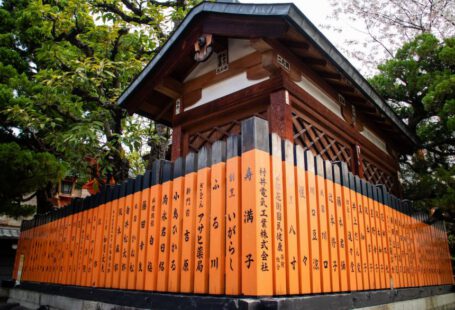When it comes to breakfast, different cultures have their own unique preferences and traditions. In Japan, breakfast is considered to be the most important meal of the day. It is a time for nourishment and preparation for the day ahead. The traditional Japanese breakfast is a reflection of the country’s rich culinary heritage and emphasis on fresh, healthy ingredients.
Unlike the Western concept of breakfast, which often includes heavy dishes like bacon, eggs, and toast, the traditional Japanese breakfast is light, balanced, and packed with nutrients. It typically consists of a variety of small, carefully prepared dishes that showcase the natural flavors and textures of the ingredients.
One staple of the traditional Japanese breakfast is rice. Rice is a fundamental part of Japanese cuisine and is served with almost every meal, including breakfast. It is usually steamed and served alongside a selection of side dishes known as “okazu.” These can include grilled fish, pickled vegetables, miso soup, and tamagoyaki, a Japanese-style omelet.
Fish is an essential component of the traditional Japanese breakfast. Japan is surrounded by the sea, so it is no surprise that fish is a dietary staple. Grilled fish, such as salmon or mackerel, is often served as part of the breakfast spread. It is a great source of protein and omega-3 fatty acids, which are beneficial for heart health.
Another common element of the traditional Japanese breakfast is miso soup. Made from fermented soybean paste, miso soup is a comforting and nourishing dish. It is typically served in a small bowl alongside the other dishes and provides warmth and umami flavor.
Pickled vegetables, or tsukemono, are also a popular addition to the traditional Japanese breakfast. These can include items such as cucumber, radish, and cabbage, which are pickled in vinegar or salt to preserve them and enhance their flavor. Tsukemono add a refreshing and tangy element to the meal and are believed to aid digestion.
In addition to these core components, the traditional Japanese breakfast often includes other dishes that vary depending on the region and season. For example, natto, a fermented soybean dish, is a common choice in the eastern regions of Japan. Natto has a distinct aroma and flavor and is an acquired taste for many, but it is highly nutritious and packed with probiotics.
To accompany the meal, green tea is typically served. Green tea is a ubiquitous beverage in Japan and is known for its health benefits and calming effects. It provides a refreshing and invigorating start to the day.
In recent years, with the influence of Western culture, the traditional Japanese breakfast has become less common in urban areas, where people often opt for quick and convenient options. However, in rural areas and traditional households, the practice of enjoying a traditional Japanese breakfast is still alive and well.
The traditional Japanese breakfast is a delightful and nutritious way to start the day. It is a celebration of fresh, natural ingredients and the art of culinary preparation. Whether you are in Japan or simply want to incorporate some of the country’s traditions into your own breakfast routine, trying a traditional Japanese breakfast is a wonderful way to experience the flavors and culture of this fascinating country.





